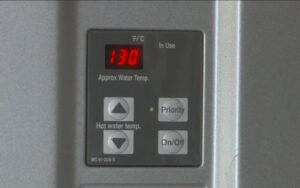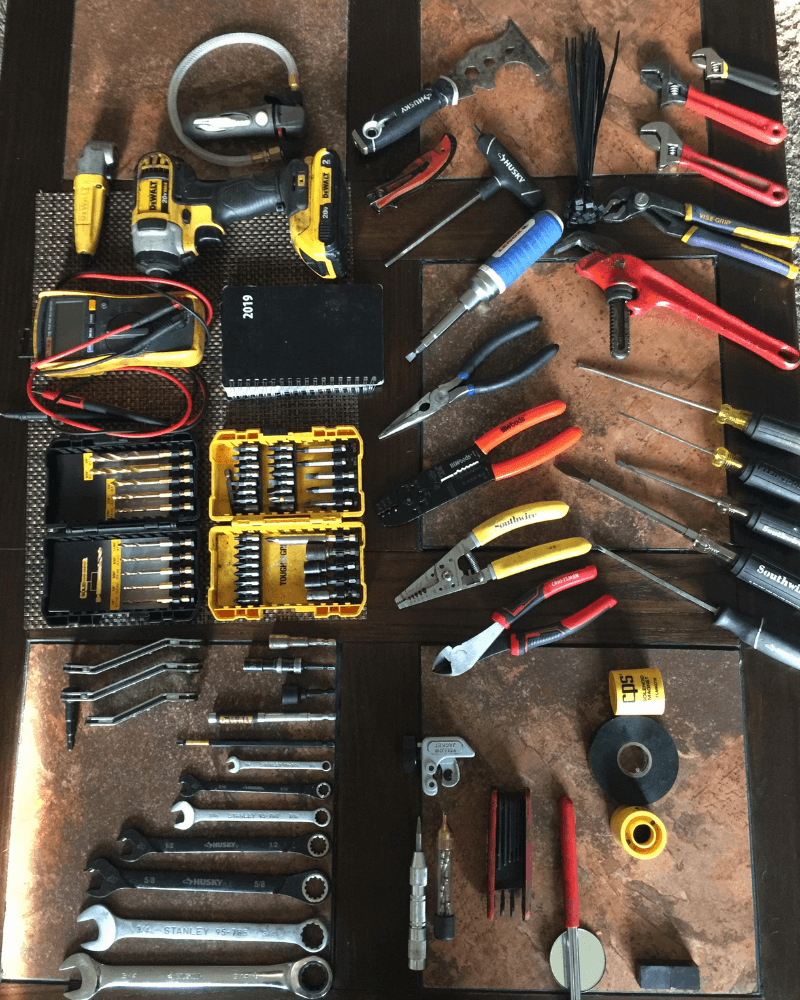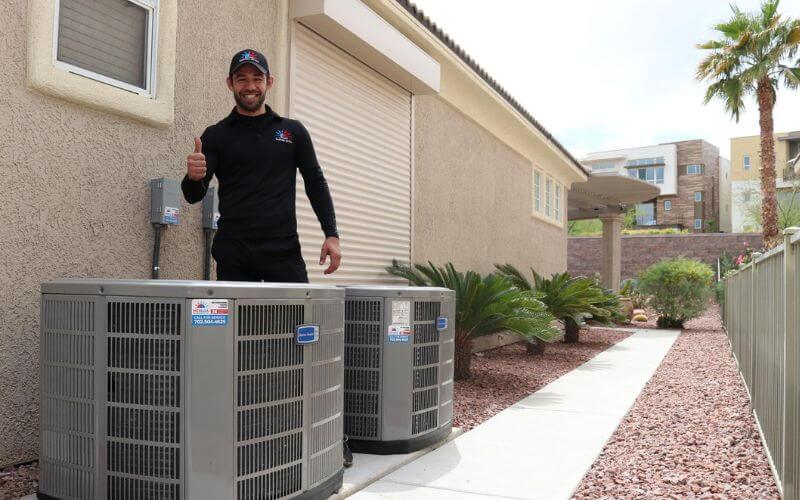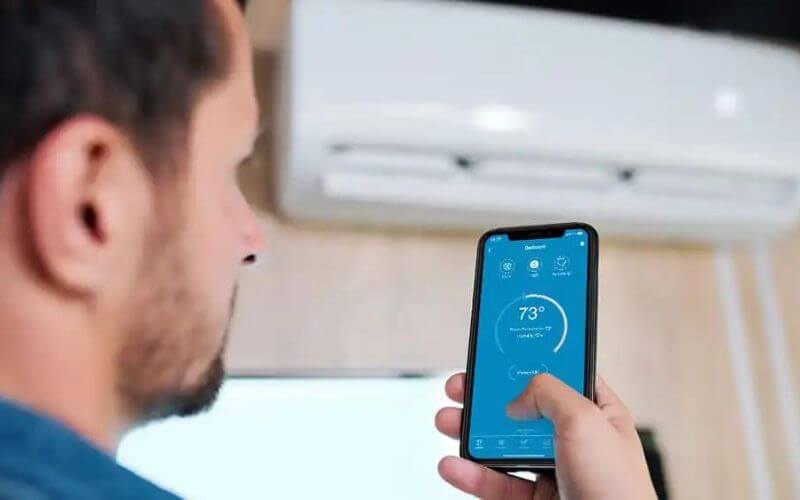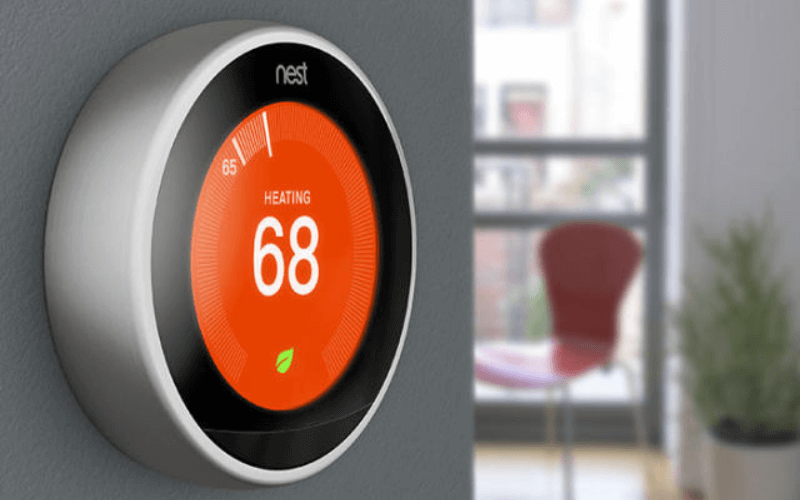The power will go out if it’s cold, windy, or snowy outside. One of the most pressing concerns is staying warm when the power goes out. Some heat sources do not require electricity, so we researched to compile a list. There is no heat if there is no power. The following are some heaters that work during power outages:
- kerosene heater
- Propane Tank Hater
- Heater powered by natural gas
- Gas log
- A wood stove
- The fireplace
Table of Contents
ToggleMore information on each heater type is provided below. First, we’ll go over kerosene stoves in-depth and answer some frequently asked questions. Let’s take a look at some other non-electric heating options. Once you have the information, you can decide which is best for your home.
Also check: Can A Generator Run An Electric Furnace?
1. Kerosine Heater
Kerosene heaters are widely used as a backup heat source in the home. They only require a battery to function. Kerosene heaters are also ideal for heating garages, outbuildings, and outdoor work.
Kerosene heaters have the advantage of being relatively inexpensive, making them a cheap heat source. A gallon of kerosene costs about $3 to $5, depending on where you live. Most kerosene heater tanks hold 1-2 gallons of kerosene and burn for 6-8 hours on average, depending on the size of the fuel tank. The disadvantage is that kerosene must be purchased and pumped at a gas station. Carrying jerrycans by car is not ideal if you do not have a pickup truck.
Use only approved storage canisters, and a pump dispenses 1-K grade clear kerosene.
Kerosene heaters are classified into three types. Large circular radiators and small rectangular units are the most popular residential types. A forced air unit, similar to a cannon, is a third type commonly used in large open areas such as garages and construction sites.
2. Propane Tank Heaters
A propane gas tank powers many types of heaters. You can buy a portable style for £1. In hunting and camping, cylindrical propane tanks are common. For safety, propane tank heaters have automatic shut-off valves and tilt sensors. A fuel tank may not be the best option for long-term heating needs, but it can be helpful during power outages.
Using a 1lb heater, most small 6,000-12,000 BTU portable heaters run for less than 4 hours on low and about 2 hours on high. Tank. However, I would purchase an adapter to connect it to a larger 20-pound tank.
3. Natural Gas Heaters ( Best Emergency Heater)
Natural gas heaters do not require electricity but need a natural gas connection and are not portable. Installing it in your home as a primary or backup heat source, on the other hand, is one way to ensure heat during a power outage.
Want to know which is the best heater brand? Check Mr. Heater Vs. Reznor
4. Log of Gas
You don’t have to have a chimney or flue to enjoy your fireplace. You can create the illusion of fire by purchasing a separate fireplace and installing a gas log. Logs are “burned” with liquid propane or natural gas, stored in tanks, and refilled by natural gas distribution companies.
If the power goes out, you won’t be able to light the log with the electric switch, so be prepared to light it another way.
Many gas log inserts include a battery that can only be used during a power outage. Navigate to the control panel, insert the necessary battery, and find the battery pack. Following that, the deployment should proceed as usual.
Once the power is turned on, the batteries must be removed. If the device lacks a battery, the pilot must be launched manually. The YouTube video below shows a pilot safely igniting a log for use without electricity.
Also check: What’s The Best Furnace for A Mobile home?
5. Wood Burning Stove
A wood stove may appear to be a primitive heat source, but some homes, mainly in rural areas, still have one as a backup heat source. When wood stoves were the primary heat source, they were located in the main living room and basement and vented heat throughout the house.
The stove is capable of more than just heating. It can be used to boil water or cook a small amount of food, which is extremely useful during a power outage.
A wood stove requires a source of wood. Many people who own wood stoves also own land with trees on it. Buying firewood from the outside will raise your total heating costs.
However, if only used in an emergency, it does not require much firewood and will last longer if stored in a dry location.
6. The fireplace
The roaring fireplace creates a romantic atmosphere and warmth, particularly during power outages. The chimney, on the other hand, should be kept clean and the firewood dry. Gas logs designed in built-in fireplaces and chimneys are an alternative to firewood.
Best Heater To Use During A Power Outrage
Most homes rely on electric heat sources, but many dependable non-electric alternatives can be used as a backup heat source or as a supplement to electric heating to reduce winter utility bills.




